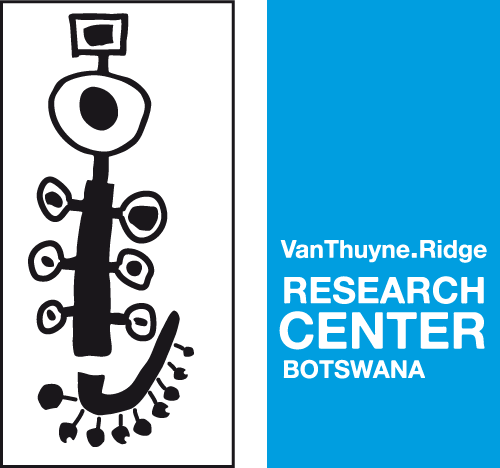We are pleased to inform you that eight of our papers have been published in recognized journals
Research in the Chobe Enclave made possible by the VTR Reserach Center are now bearing fruits. The results of which have been published in high impact factor journals. The topic covered are OSL dating, soil diversity, plant community, the role of fungus-growing termites in savanna landscapes and mosquito-borne infections. More articles will soon follow. Keep in touch and take care.
Van Thuyne, J., Verrecchia, E.P., 2021. Impacts of fungus-growing termites on surficial geological parameters: A review. Earth Science Reviews 223, 103862. https://doi.org/10.1016/j.earscirev.2021.103862
Diaz N., Armitage S.J., Verrecchia E.P. & Herman F., 2019. OSL dating of a carbonate island in the Chobe Enclave, NW Botswana. Quaternary Geochronology 49, 172-176. https://doi.org/10.1016/j.quageo.2018.03.001
Romanens, R., Pellacani, F., Mahinga, A., Fynn R., Vittoz P. & Verrecchia E.P., 2019. Soil diversity and major soil processes in the Kalahari basin, Botswana. Geoderma Regional 19, e00236. https://doi.org/10.1016/j.geodrs.2019.e00236
Vittoz, P., Pellacani, F., Romanens, R., Mahinga, A., Verrecchia, E.P. & Fynn, R.W.S. 2020. Plant community diversity in the Chobe Enclave, Botswana: insights for functional habitat heterogeneity for herbivores. Koedoe. https:// doi.org/10.4102/koedoe. v62i1.1604
Van Thuyne, J., Verrecchia, E.P., Darini, I., Mainga, A., 2021. Are fungus-growing termites super sediment-sorting insects of subtropical environments? Journal of Arid Environments 193, 104566. https://doi.org/10.1016/j.jaridenv.2021.104566
Buxton, M., Nyamukondiwa, C., Wasserman, R. J., Othenin-Girard, V., Pigeault, R., Christe, P., Glaizot, O., 2021. Surveillance Studies Reveal Diverse and Potentially Pathogenic-Incriminated Vector Mosquito Species across Major Botswana Tourist Hotspots. Insects 12, 913. https://doi.org/10.3390/insects12100913
Jouquet, P., Harit, A., Hervé, V., Moger, H., Carrijo, T., Donoso, D. A., Eldridge, D., Ferreira da Cunha, H., Choosai, C., Janeau, J-L., Maeght, J-L., Thu, T.D., Briandon, A., Dahbi Skali, M., Van Thuyne, J., Mainga, A., Pinzon Florian, O.P., Malam Issa, O., Podwojewski, P., Rajot, J-L., Henri-des-Tureaux, T., Smaili, L., Labiadh, M., Boukbida, H.A., Shanbhag, R., Muon, R., Ann, V., Cheik, S., Fall, S., Traoré, S., Dupont, S., Chouvenc, T., Mullins, A.J., Syaukani, S., Zaiss, R., Minh Tien, T., Sobotník, J., Auclerc, A., Qiu, R., Tang, Y.T., Huot, H., Sillam-Dussès, D., Bottinelli, N., 2022. The impact of termites on soil sheeting properties is better explained by environmental factors than by their feeding and building strategies. Geoderma 412, 115706.
Mas-Carrio, E., Schneider, J., Nasanbat, B., Ravchig, S., Buxton, M., Nyamukondiwa, C., Stoffel, C., Augugliaro, C., Ceacero, F., Taberlet, P., Glaizot, O., Christe, P., Fumagalli, L., 2021. Assessing environmental DNA metabarcoding and camera trap surveys as complementary tools for biomonitoring of remote desert water bodies. Environmental DNA. 2021; 001:1-16
